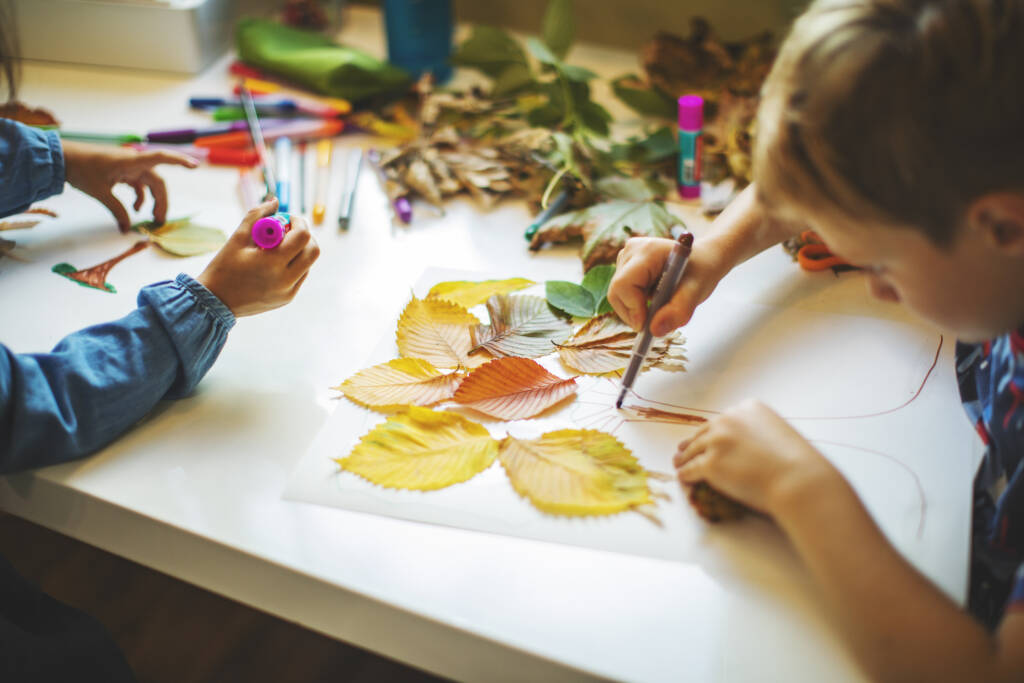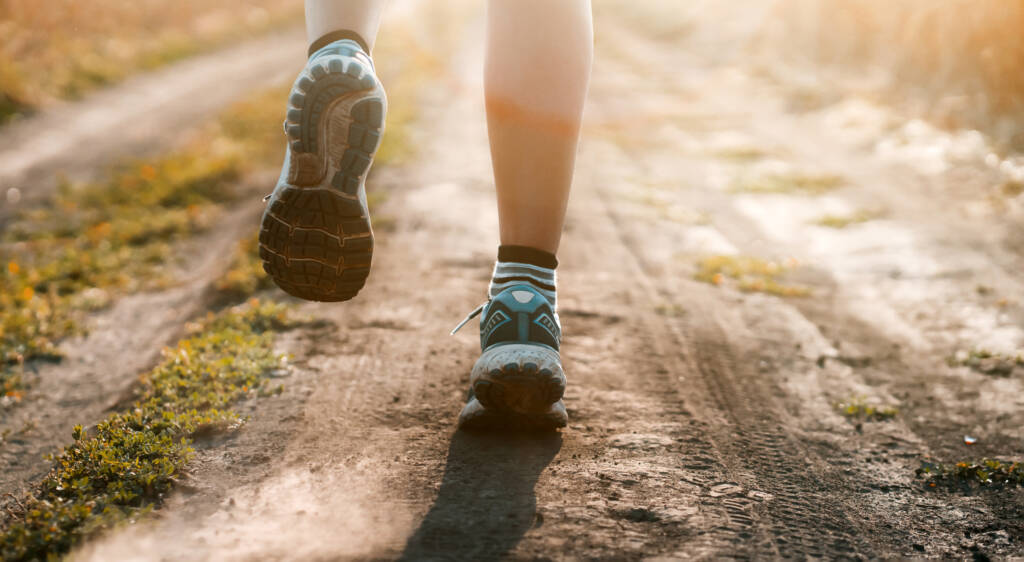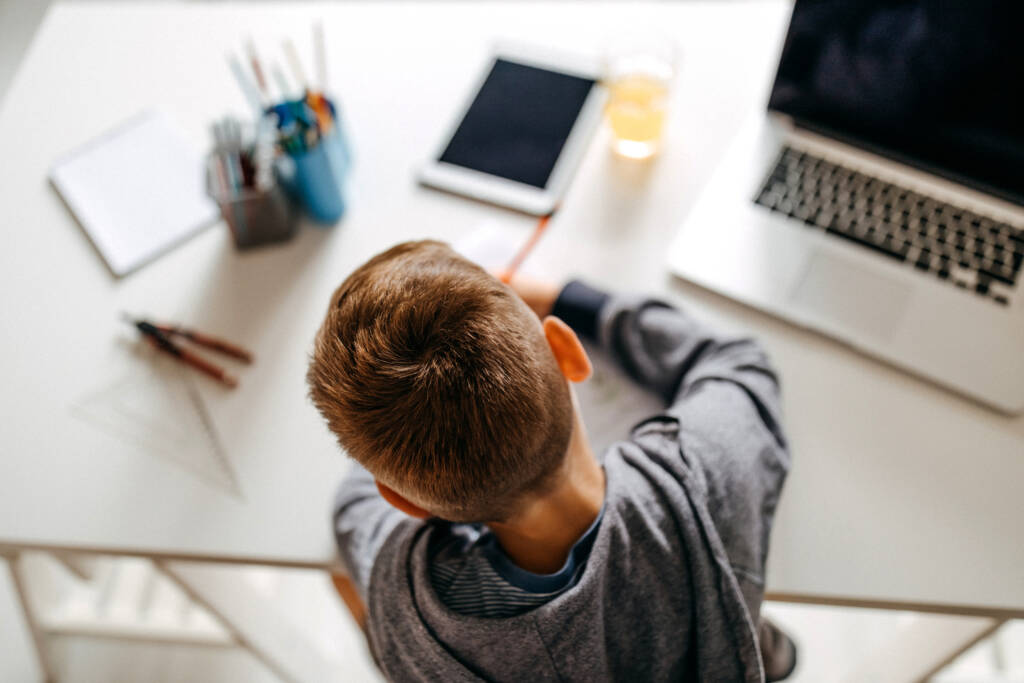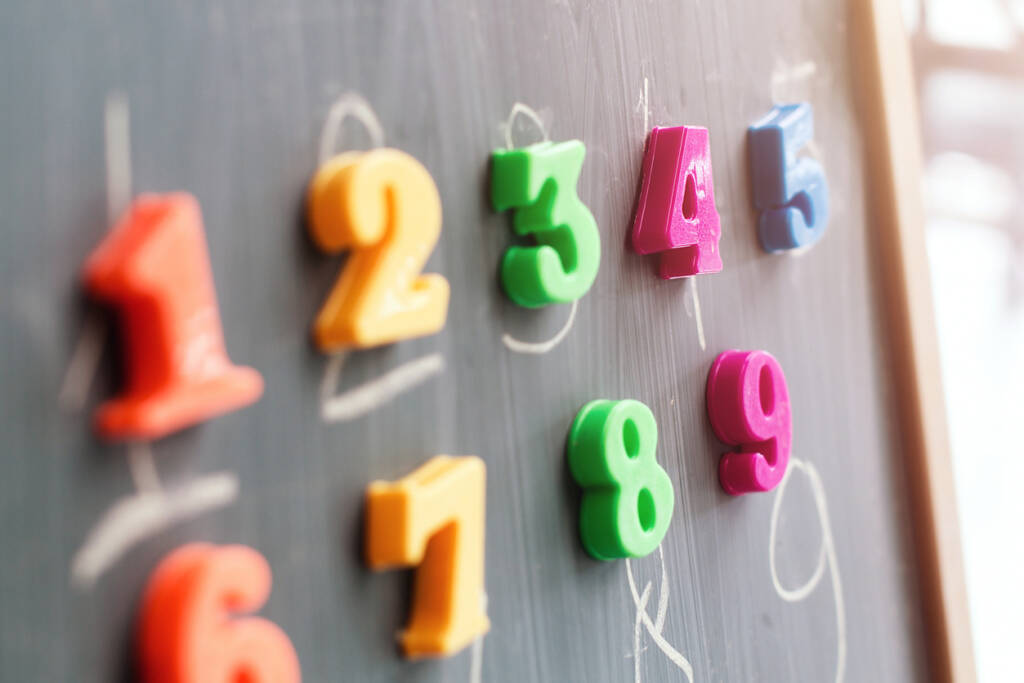
Elementary Physical Education Grade K

The Elementary PE course helps students learn healthy habits and activities. It builds on previous lessons and teaches skills like throwing, catching, kicking, dancing, swimming, and basic gymnastics. Students also learn about eating healthy, working as a team, and being sportsmanlike. They are encouraged to be active for 60 minutes every day and set goals to improve their skills. The course includes games, drills, and different activities to make it fun. Students will also get to do stretches, stay hydrated, read storybooks, and have fitness challenges.
Please view the Elementary Parents Guide for Grades K-2 with guidance on helping your student transition to online learning and thrive at VLACS.
Major Topics and Concepts
Major Topics and Concepts
Segment One
Safety
Locomotor movements
Underhand and overhand throwing
Catching
Flexibility
Cardiovascular health
Strength
Nutrition
Segment Two
Sportsmanship
Teamwork
Nutrition
Striking
Kicking
Dance
Gymnastics
Swimming
Fitness resources
Improving movement
Course Materials
A pupil may enter kindergarten if his/her chronological age will be five before October 1st of the year of entering school. For a complete description of the policy, please see Policy JEB Age of Entrance.
To achieve success, students are expected to submit work in each course weekly. Students can learn at their own pace; however, “any pace” still means that students must make progress in the course every week. To measure learning, students complete self-checks, practice lessons, multiple choice questions, projects, discussion-based assessments, and discussions. Students and families are expected to maintain regular contact with teachers because, when teachers, students, and parents work together, students are successful.
Required Materials – Please view the list of materials before registering.
Competencies
Moving Safely
I can describe rules to stay safe during physical activities. I can evaluate when a person needs space to move. I can create physical activity goals. I can illustrate locomotor patterns to safely move along different paths in space. I can compare the foot and hand that feel best to kick and throw. I can explain the cues to an underhand throwing motion to roll and throw an object.
Nutrition & Energy
I can explain the flexibility in warmed-up muscles. I can compare my heart rate and breathing when moving at different speeds. I can identify moderate and vigorous physical activities. I can identify healthy and unhealthy foods. I can explain the energy benefits from healthy foods to do physical activities. I can create a daily plan to practice and improve on physical activity goals.
Teammates & Skills
I can describe ways to show sportsmanship. I can evaluate mindset and continue to try even when not successful. I can select many games that include striking. I can illustrate striking an object using a variety of equipment. I can describe the cues to kick a ball. I can identify opportunities to play games that involve kicking a ball.
Technology & Health
I can illustrate movements to a rhythm showing a clear beginning and end, while maintaining balance. I can explain the maintaining of balance while doing movements in a narrow pathway. I can identify types of technology that can be used during physical activity. I can identify the benefits of physical activities on overall health. I can explain good physical activity goals. I can select physical activities to make part of my daily routine.

